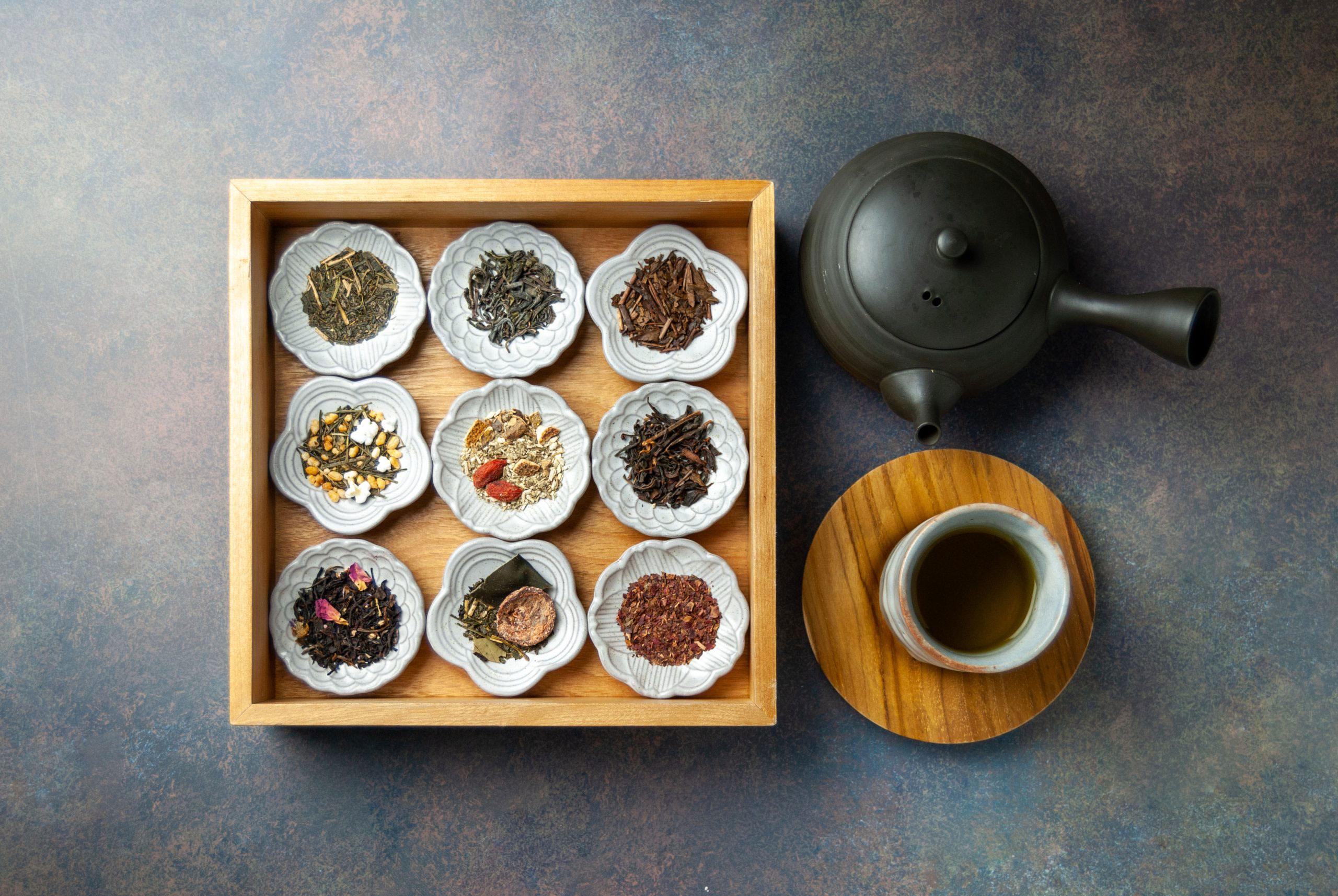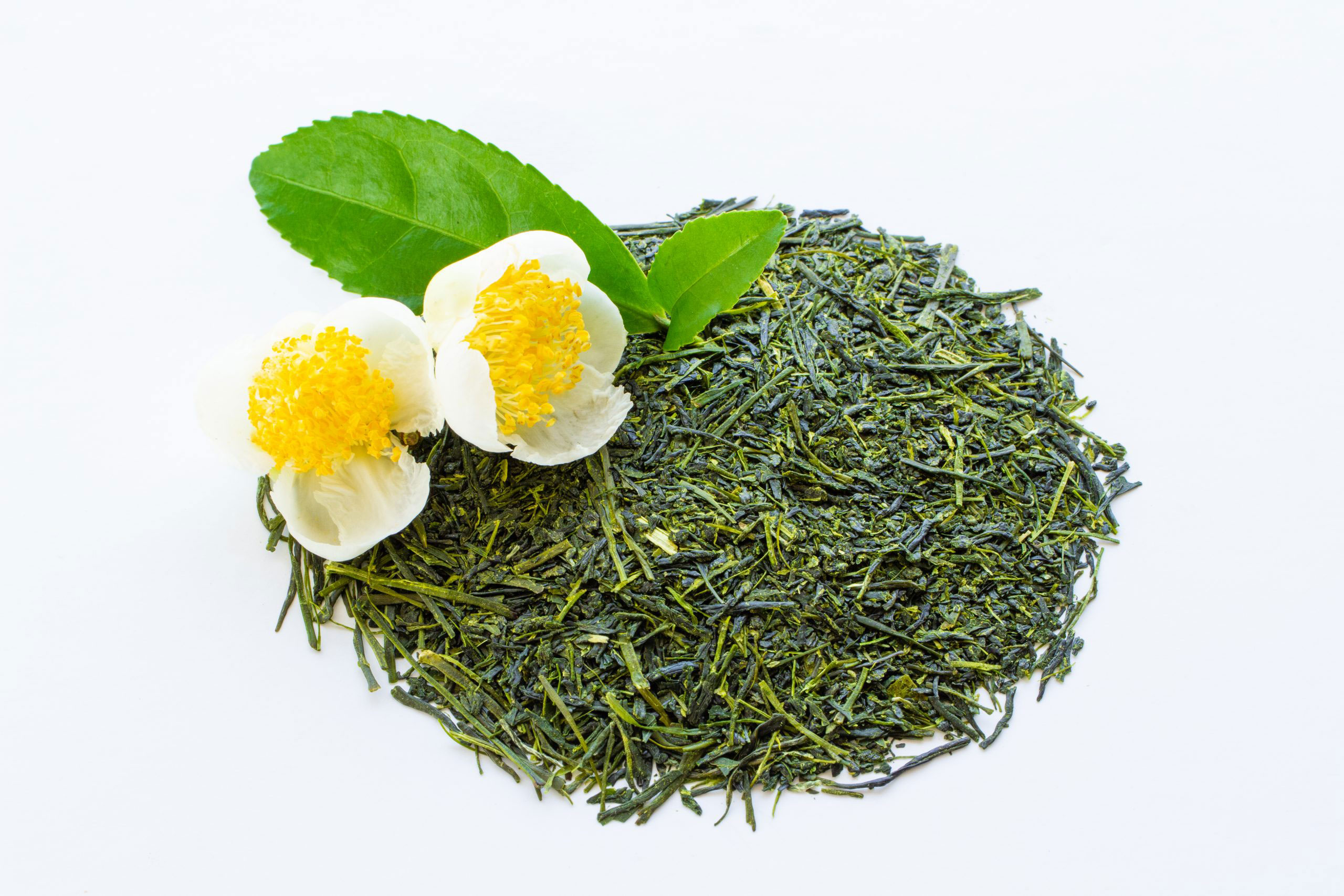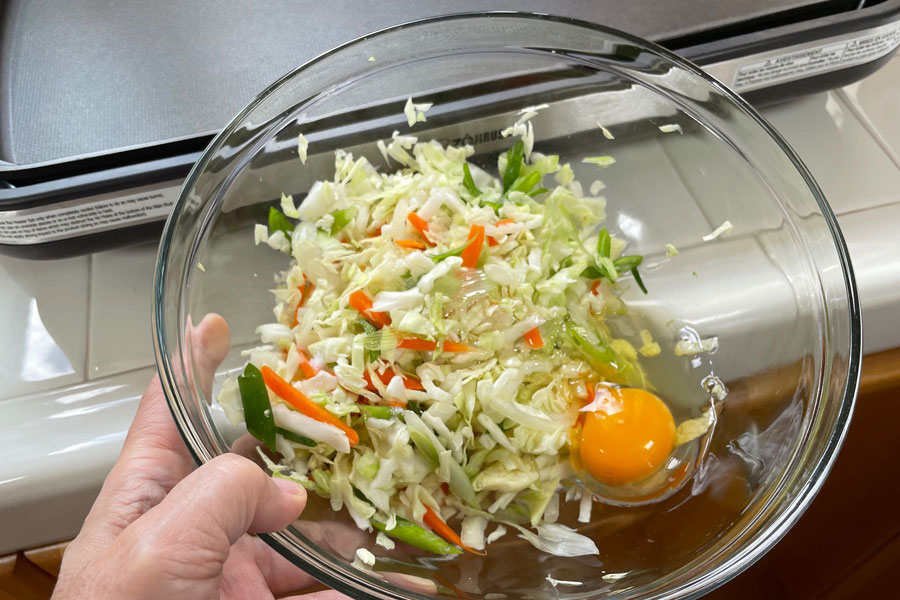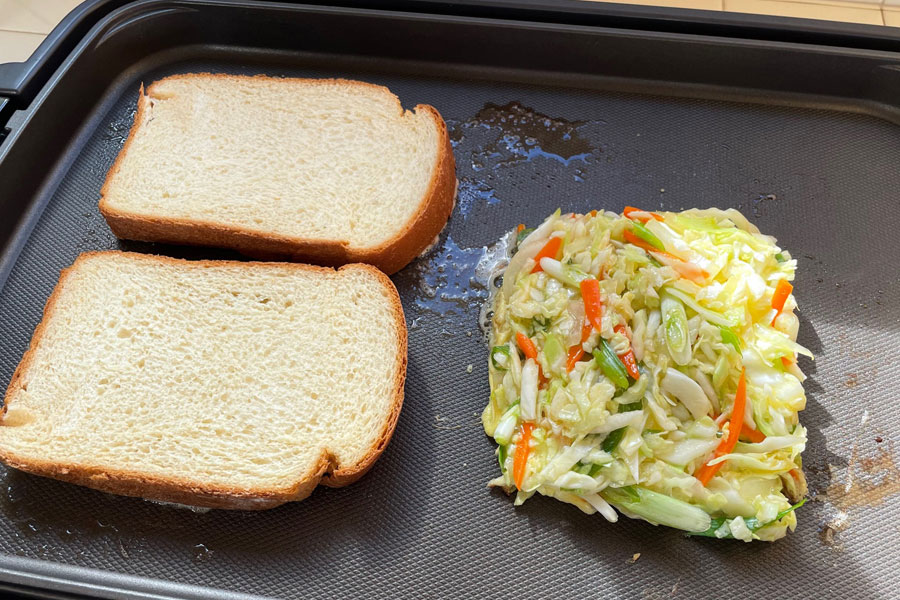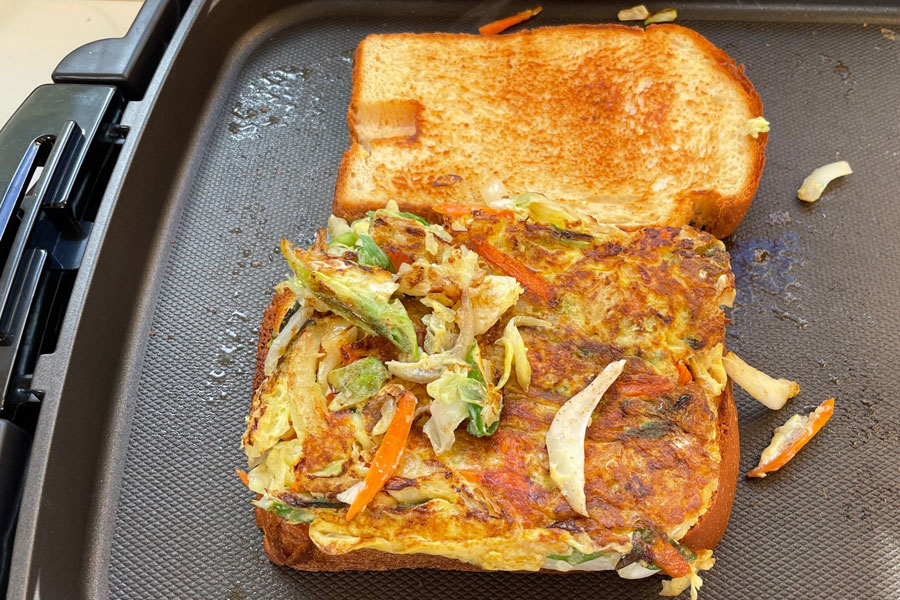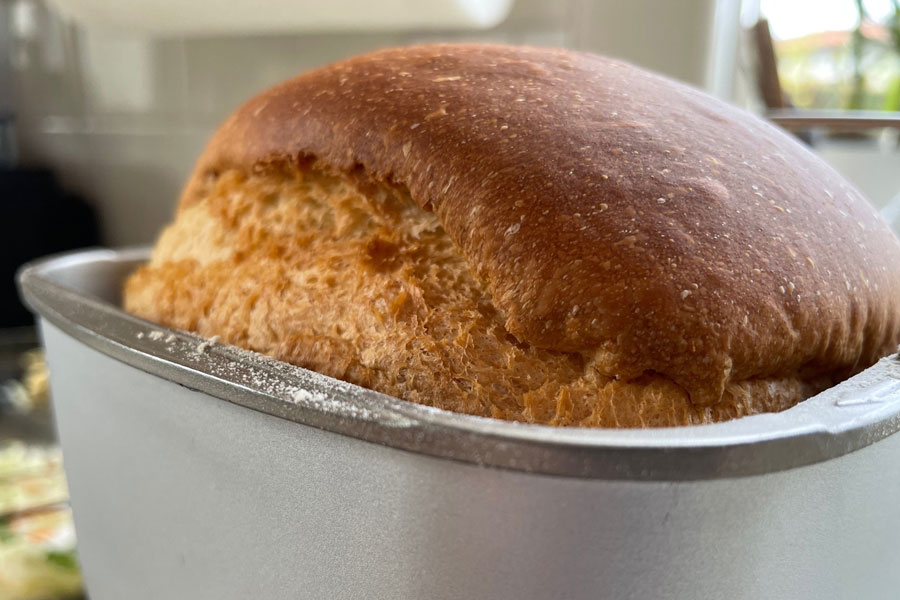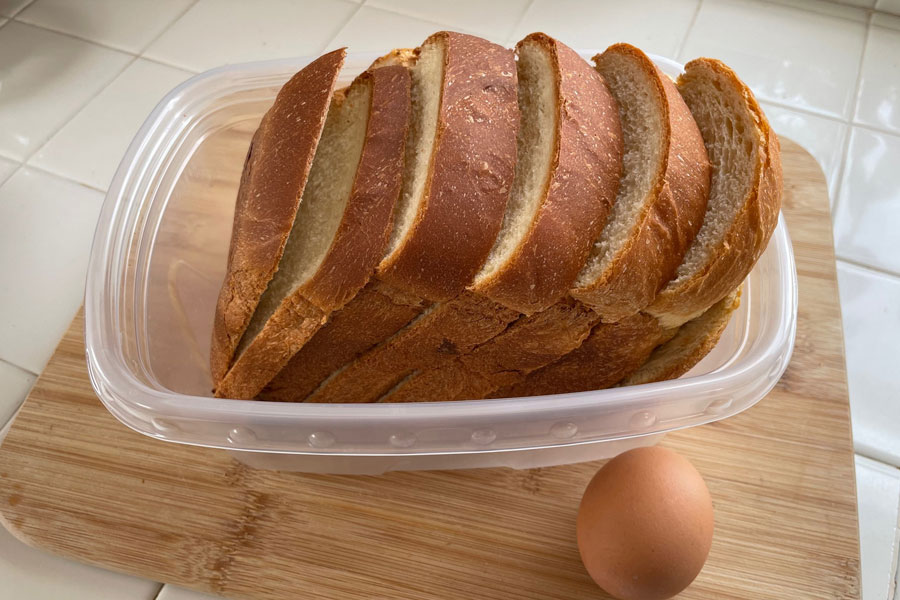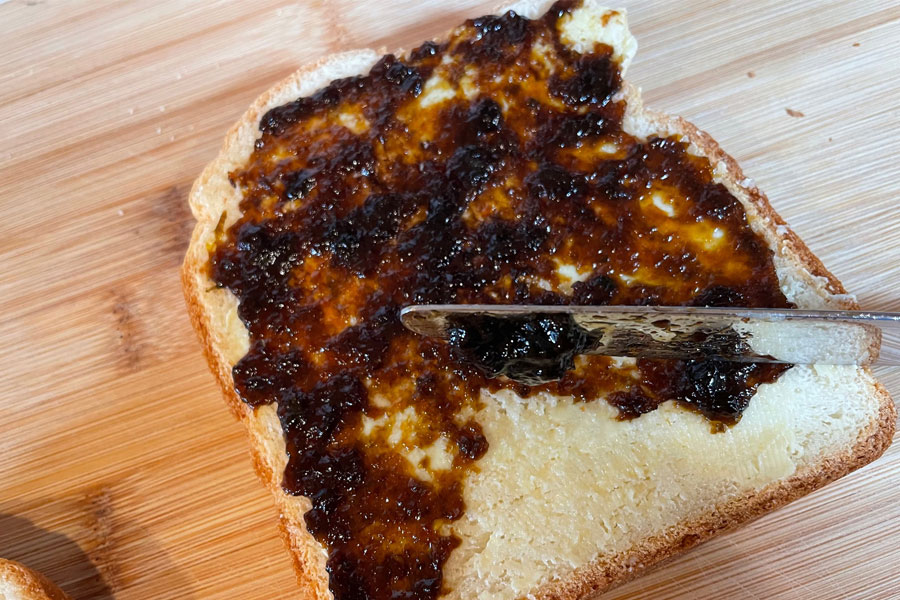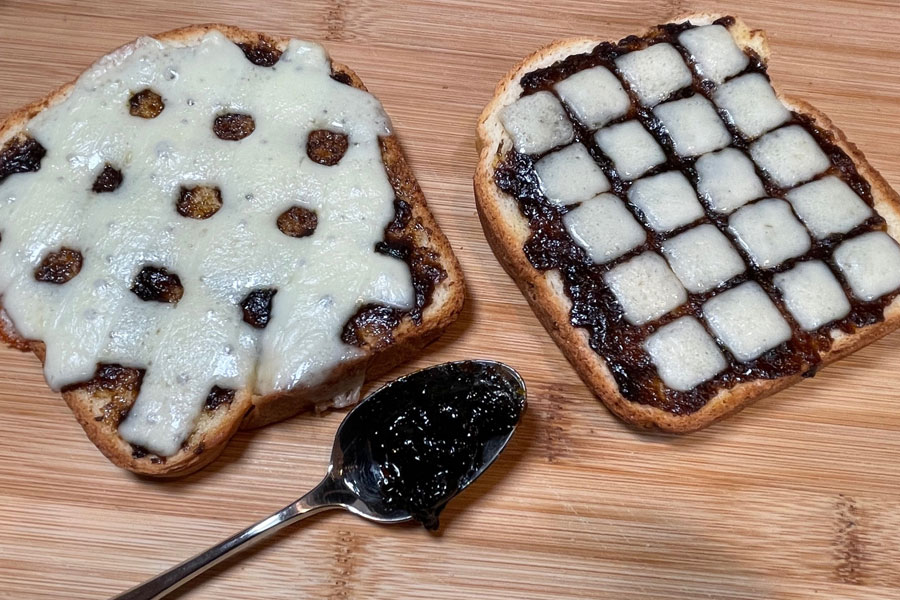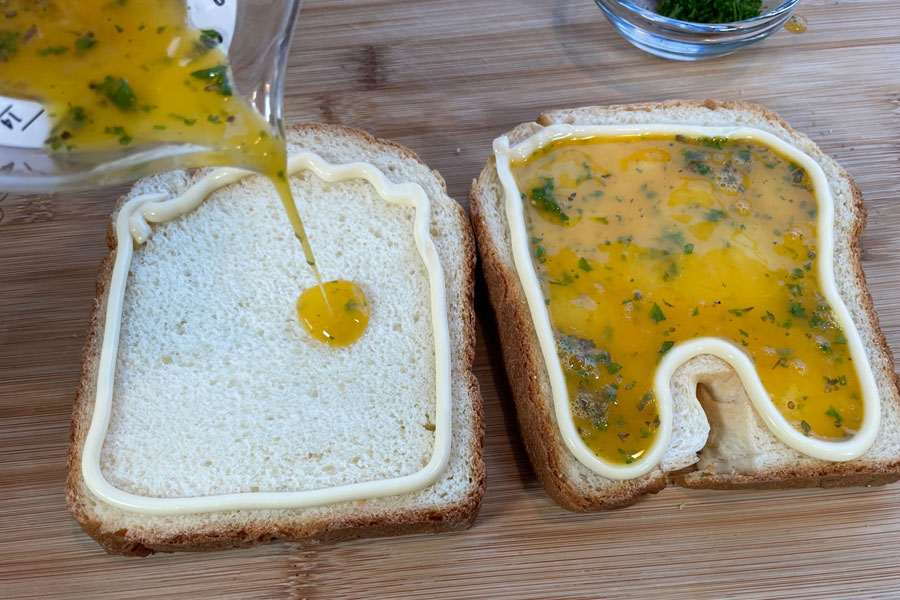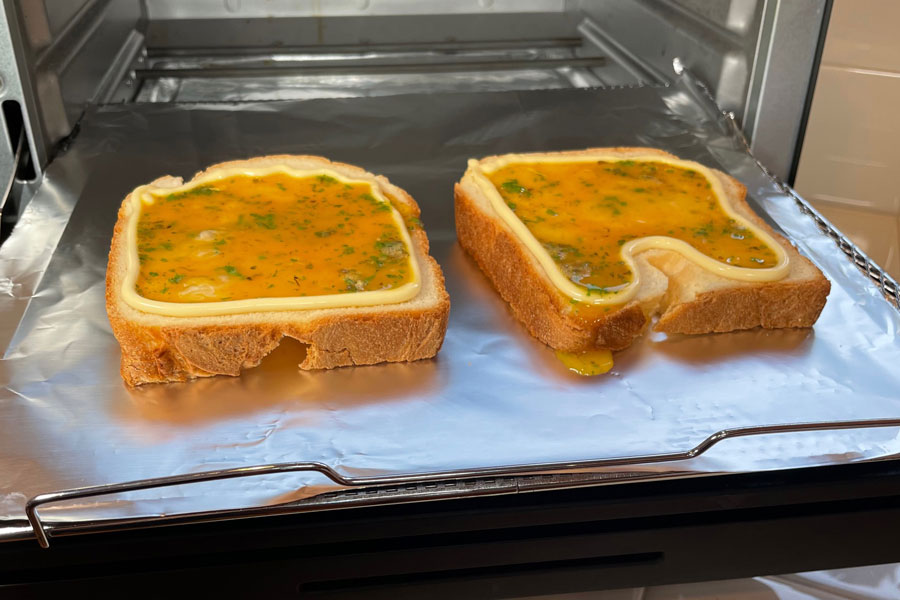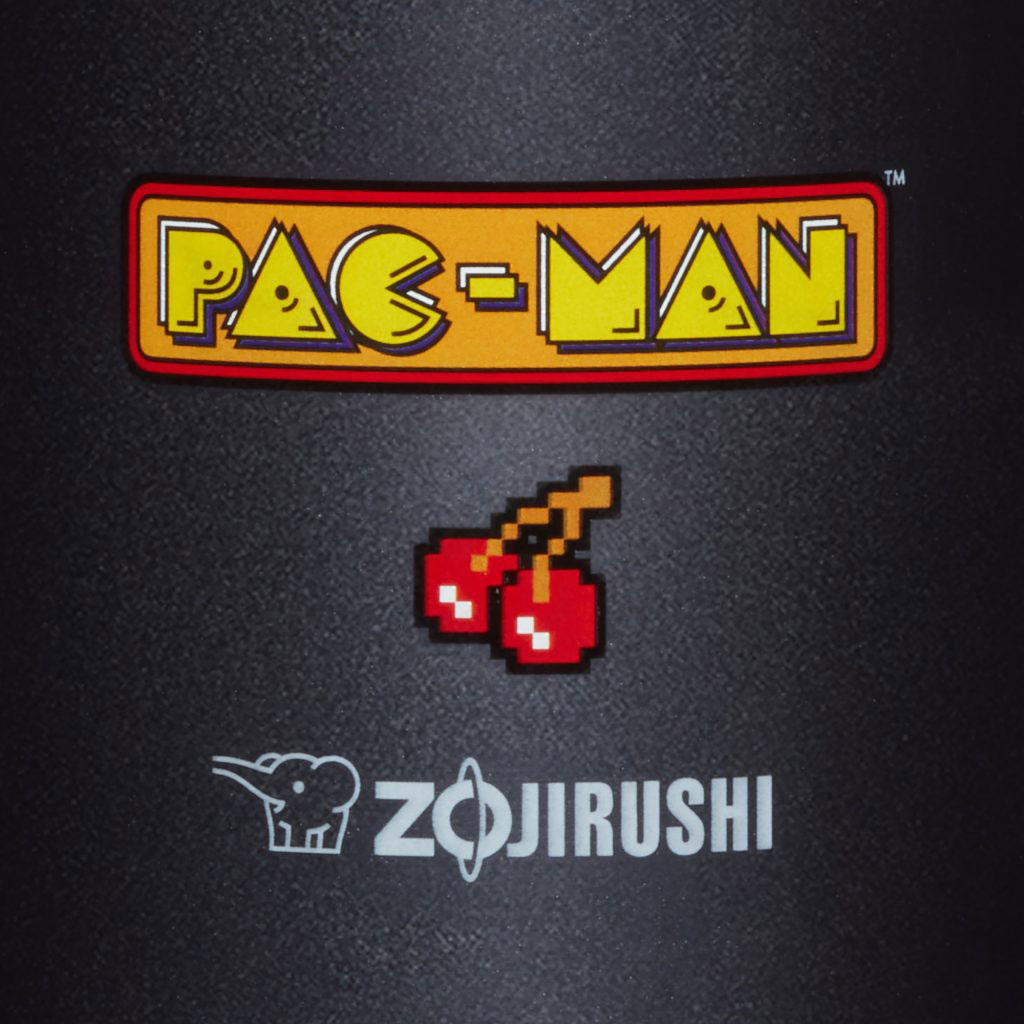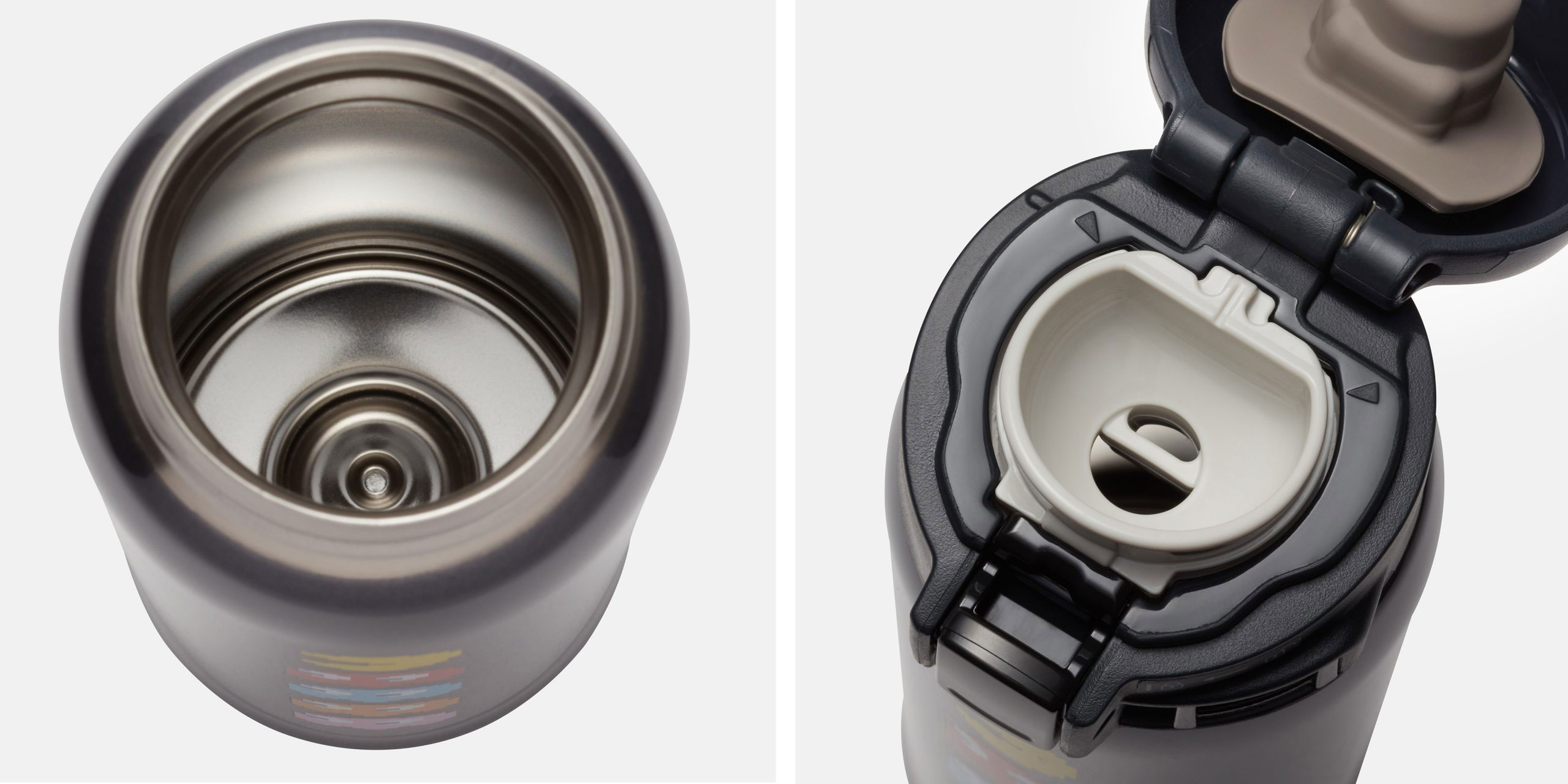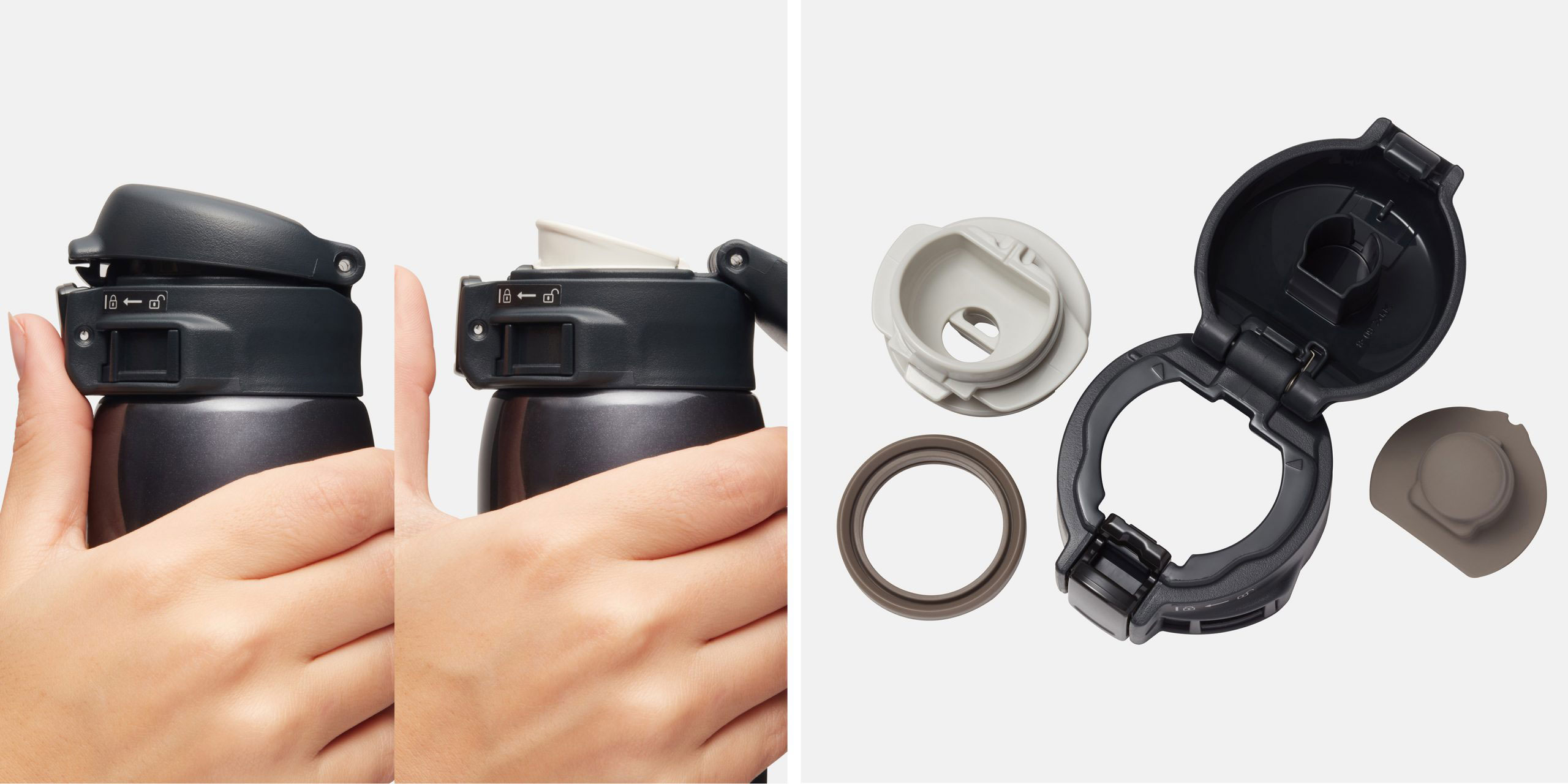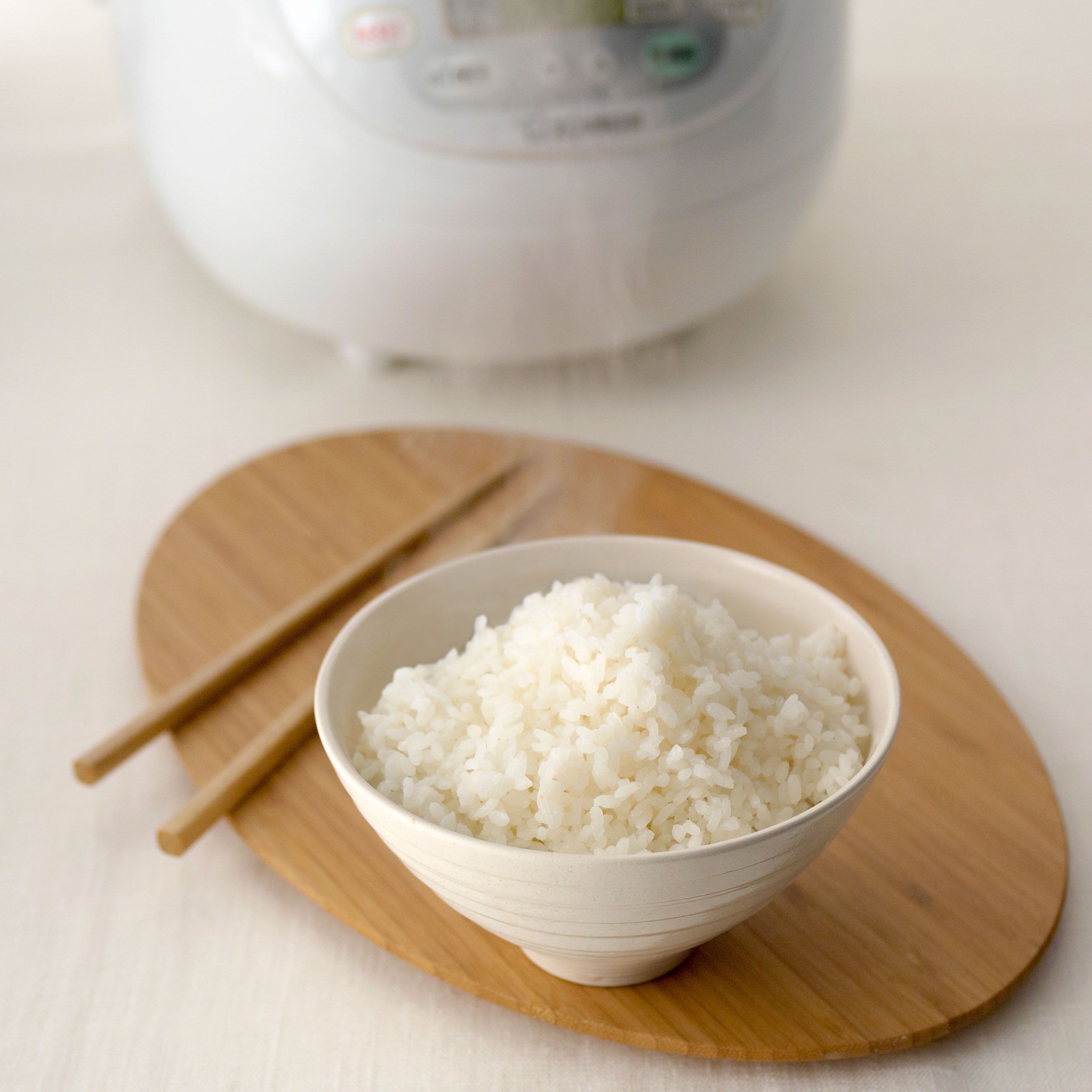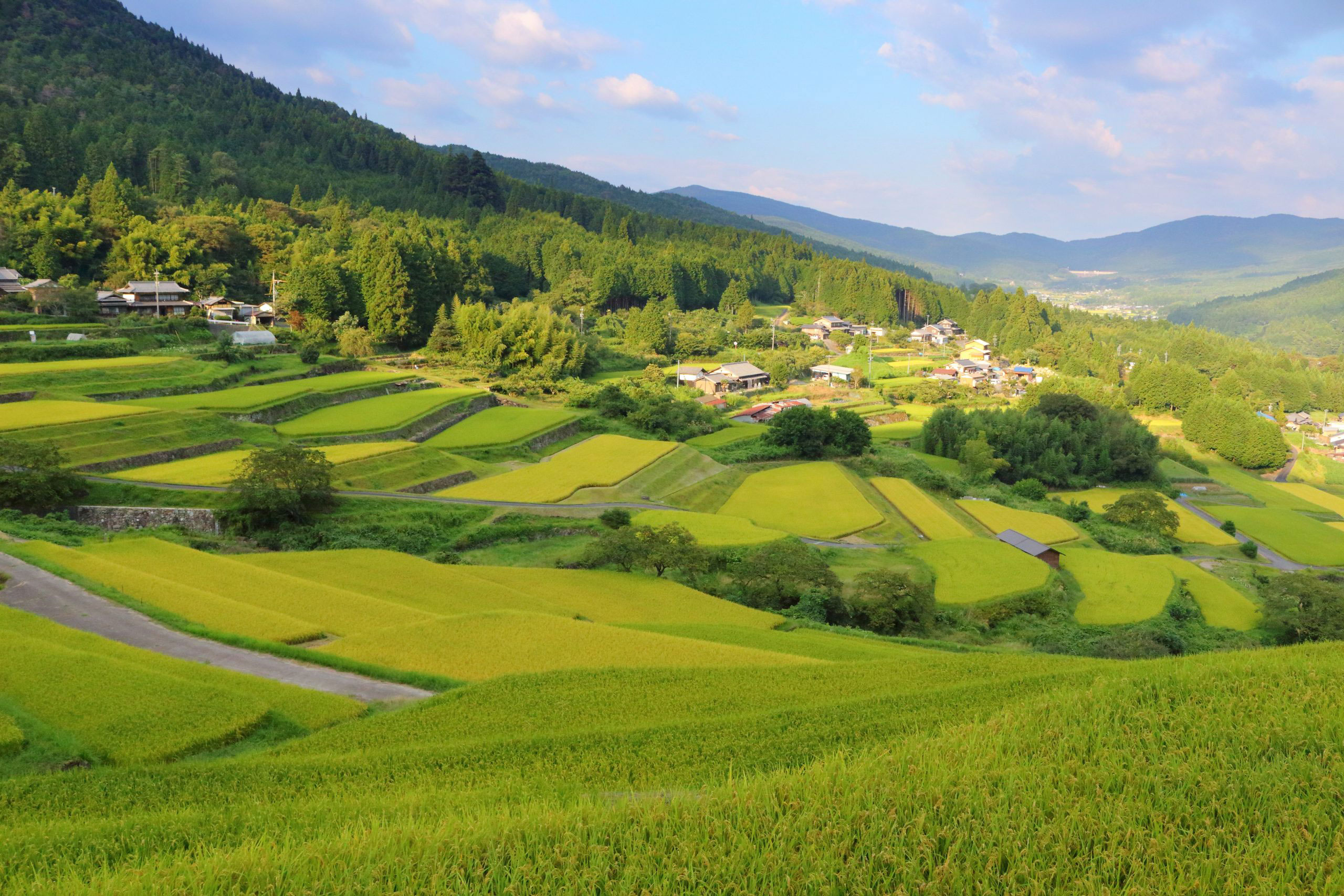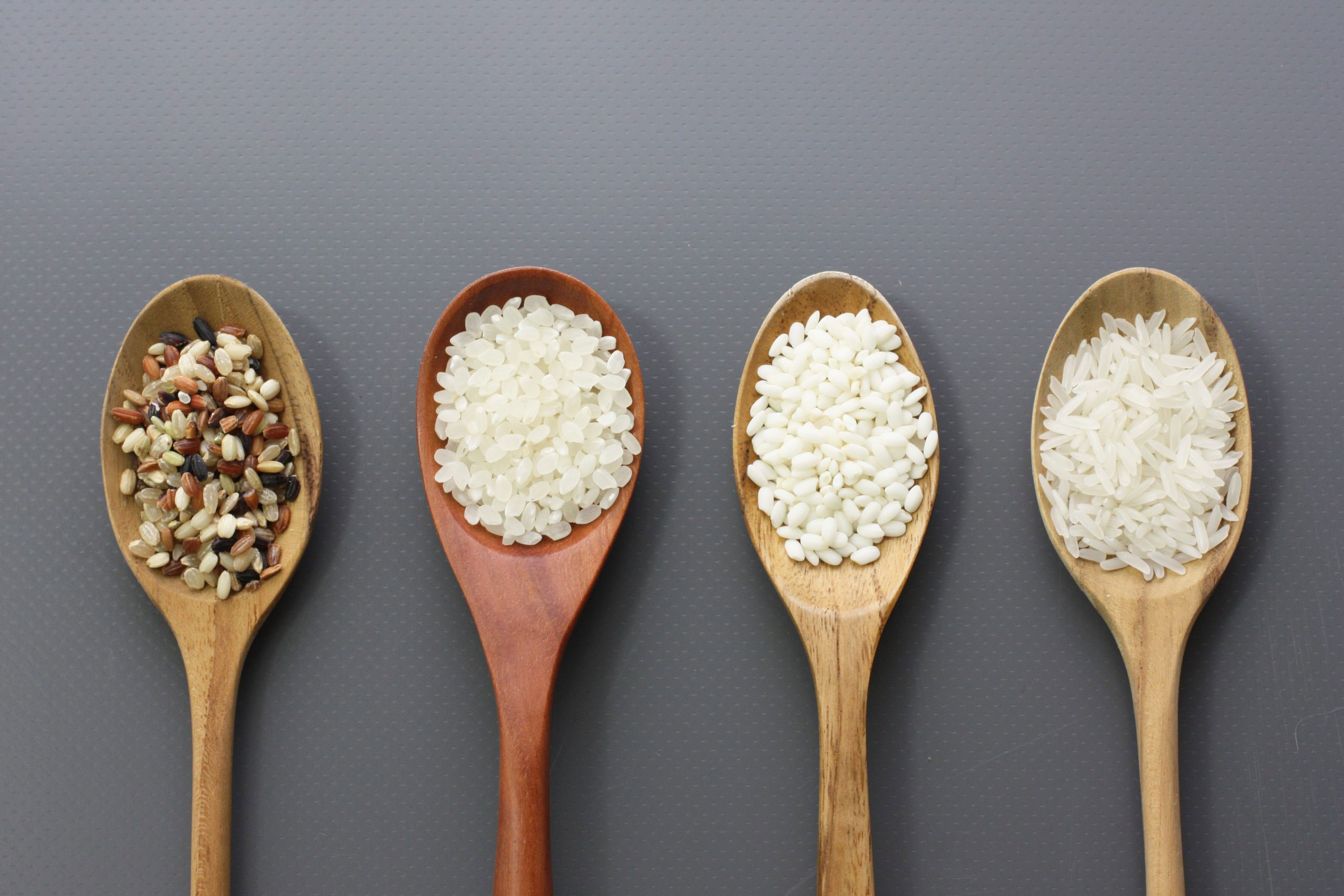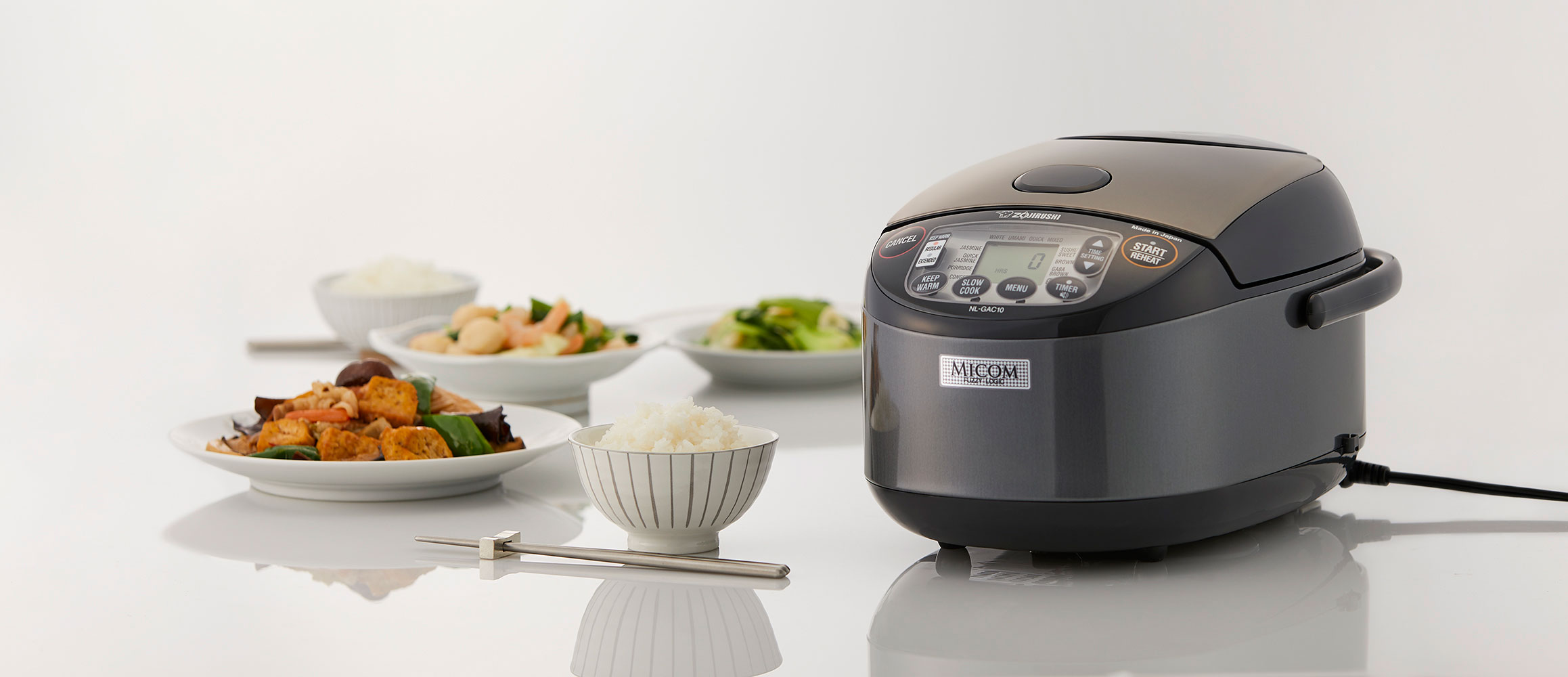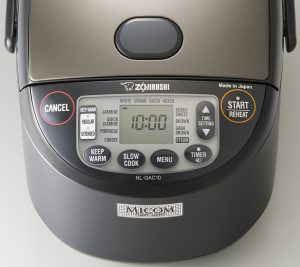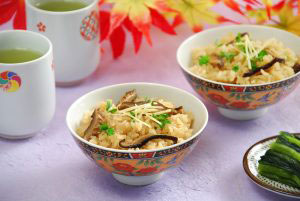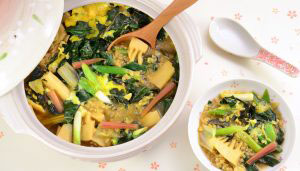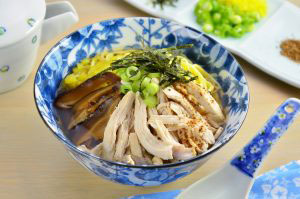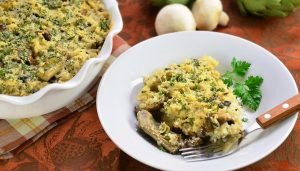Tea may only be thought of as an alternative to coffee in America, but it is a huge part of day-to-day life for the many parts of the rest of the world. In fact, tea is the second-most consumed beverage on the planet, surpassed only by water! The tea world is vast with a storied history that goes back centuries. Let’s dive into what tea actually is, where it comes from, and how to properly enjoy the many benefits of the beverage.
Definition of Tea
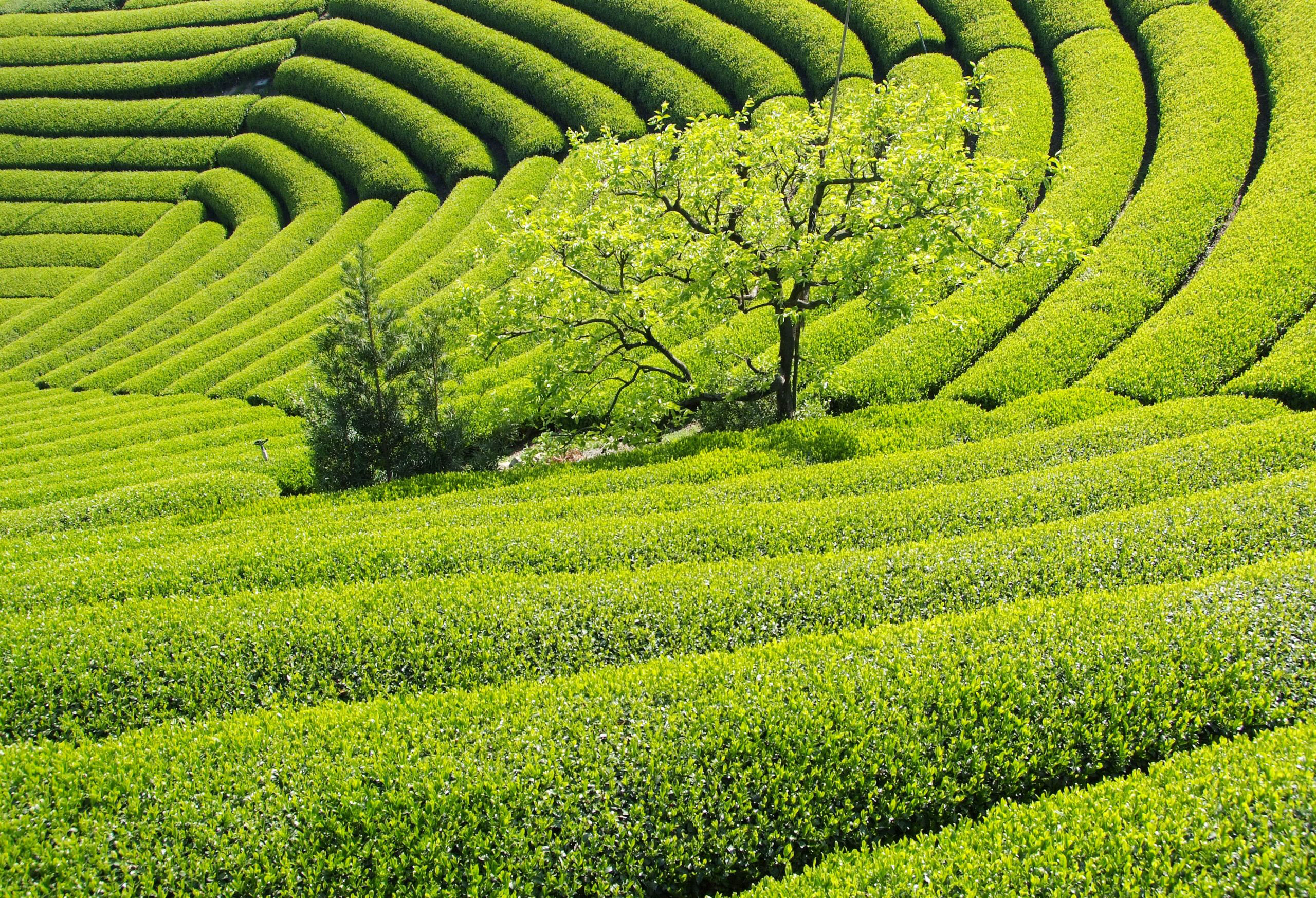 Tea is a fragrant beverage extracted from the leaves of the shrub Camellia sinensis and no other beverage can be called “tea” if they aren’t. However, different types of tea leaves are produced by the Camellia sinensis, such as black, green, white, dark, and oolong after it is processed. Another key defining factor of tea is that it carries caffeine. All other “teas” that you might be thinking of that are caffeine-free such as herbal, lemon, mint, or rooibos are actually tisane. In our visual guide to tea leaves, you can see many different types enjoyed in Japan, from green tea, houjicha, matcha, oolong, and more.
Tea is a fragrant beverage extracted from the leaves of the shrub Camellia sinensis and no other beverage can be called “tea” if they aren’t. However, different types of tea leaves are produced by the Camellia sinensis, such as black, green, white, dark, and oolong after it is processed. Another key defining factor of tea is that it carries caffeine. All other “teas” that you might be thinking of that are caffeine-free such as herbal, lemon, mint, or rooibos are actually tisane. In our visual guide to tea leaves, you can see many different types enjoyed in Japan, from green tea, houjicha, matcha, oolong, and more.
Camellia sinensis is an evergreen plant native to Asia and thrives in sub-tropical climates with high altitudes and loose soil. It’s found all over the wild and can grow in slopes, flat lands, and lower altitudes. Ancient tea farming methods include hand plucking tea leaves and buds and using bamboo trays to collect them before drying them out. It is said that tea was first discovered in China when the Chinese emperor Shen Nung happened to try an accidental infusion of leaves and boiling water that came from the Camellia sinesis.
Tea was first recorded in Japan in the 8th century after being first imported from China. While it was originally a drink for priests and monks only, tea drinking became more popularized in the 12th century after Japan started planting tea in Japan for widespread consumption. The Japanese tea ceremony was born shortly after that, around the 13th and 14th centuries, and in the 18th century, the famous Japanese green tea, sencha, was developed.
In our visual guide to tea leaves, you can see many different types enjoyed in Japan, from green tea, houjicha, matcha, oolong, and more. You will also notice that certain teas are best brewed at specific temperatures to extract the most flavor without becoming too bitter. This ranges from 160-208 °F, and steeping times will differ as well.
Tea in Japanese Culture
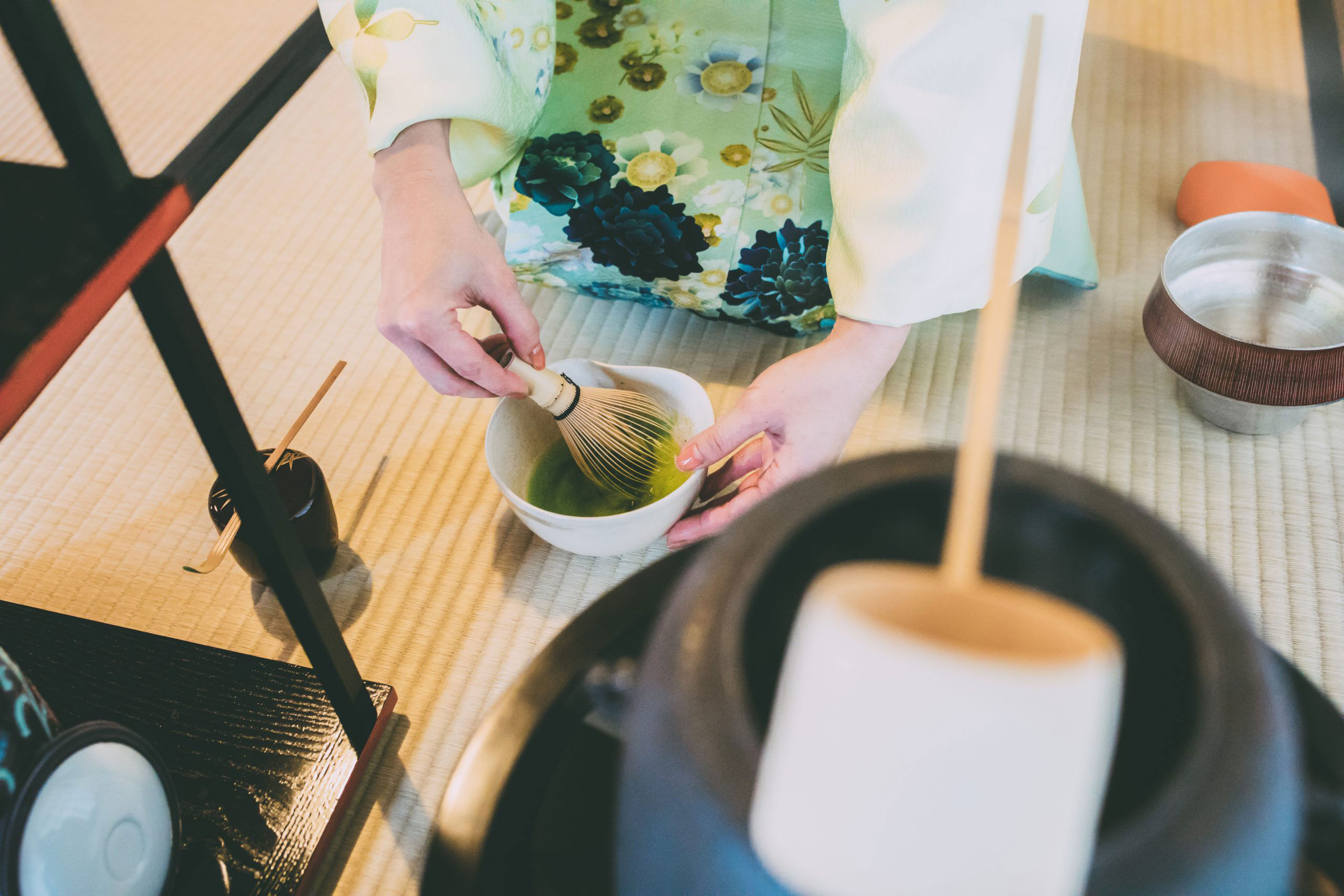 Tea is a major part of Japanese culture, with tea rooms and tea ceremonies dating back to the 15th century. Tea ceremonies are still practiced today, using various utensils and tea wares to prepare and drink matcha in a traditional tearoom with a tatami floor. These ceremonies have varying degrees of formality and authenticity and are a time to provide guests hospitality in a peaceful space detached from everyday life.
Tea is a major part of Japanese culture, with tea rooms and tea ceremonies dating back to the 15th century. Tea ceremonies are still practiced today, using various utensils and tea wares to prepare and drink matcha in a traditional tearoom with a tatami floor. These ceremonies have varying degrees of formality and authenticity and are a time to provide guests hospitality in a peaceful space detached from everyday life.
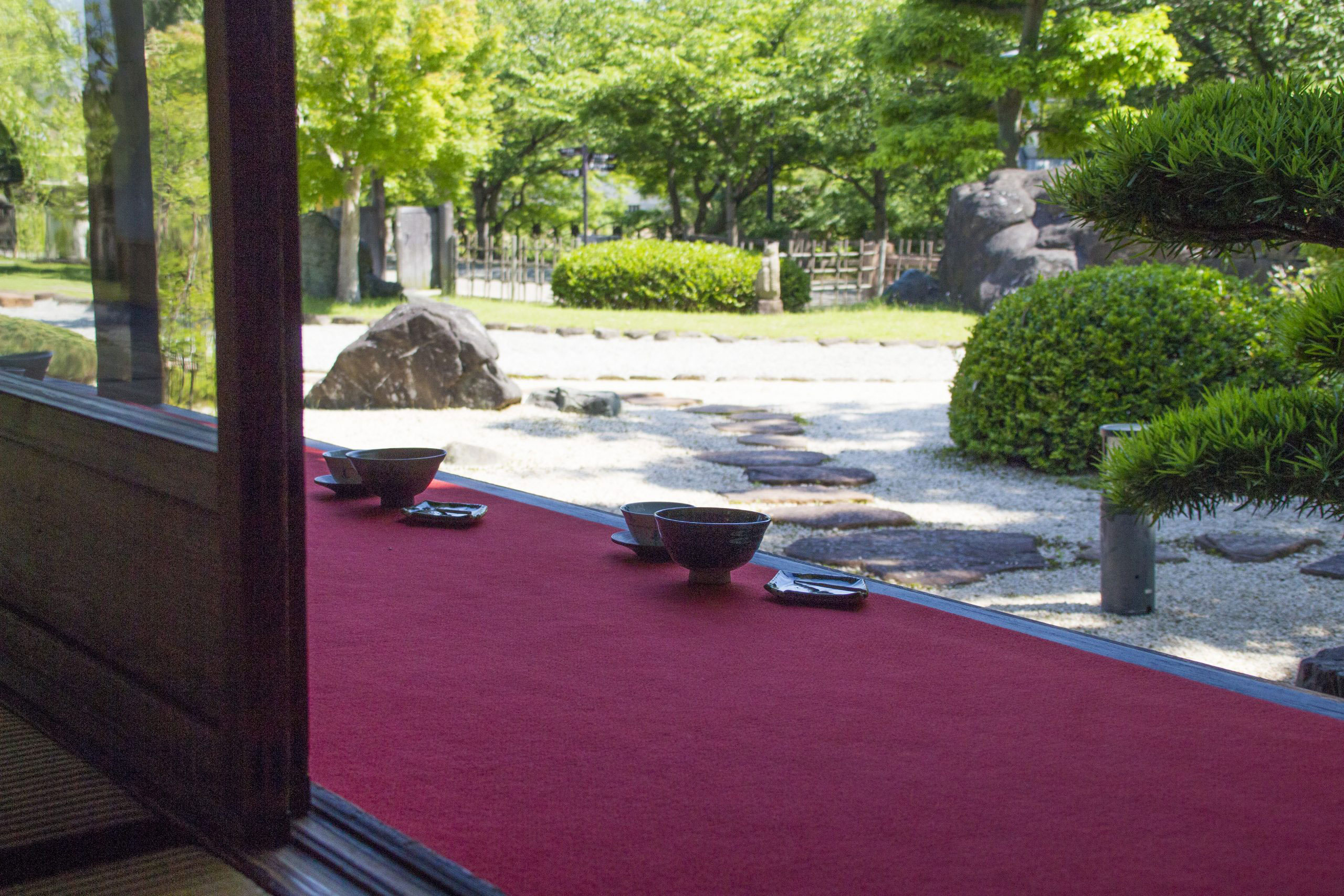 Japanese tea gardens are also dedicated spaces for people to quietly reflect on the beauty of nature and the art of living in harmony and detach from the hustle and bustle of a busy world. These gardens are lined with stepping stones called roji, which gives the guest a sense of traveling deep into the mountains.
Japanese tea gardens are also dedicated spaces for people to quietly reflect on the beauty of nature and the art of living in harmony and detach from the hustle and bustle of a busy world. These gardens are lined with stepping stones called roji, which gives the guest a sense of traveling deep into the mountains.
Tea at Zojirushi
At Zojirushi, tea is also a way of life that is reflected within our products. Our hot water boilers are equipped with four different temperature settings so that you can prepare your tea with precision to pull the perfect brew every time. All of our hot water boilers are designed to be easy to clean, easy to use, and always there for you when you need a cup of tea in hand.
Let us know if you have anything new about tea today by tagging Zojirushi on your photos with #zojirushi on Twitter, Facebook, or Instagram!
